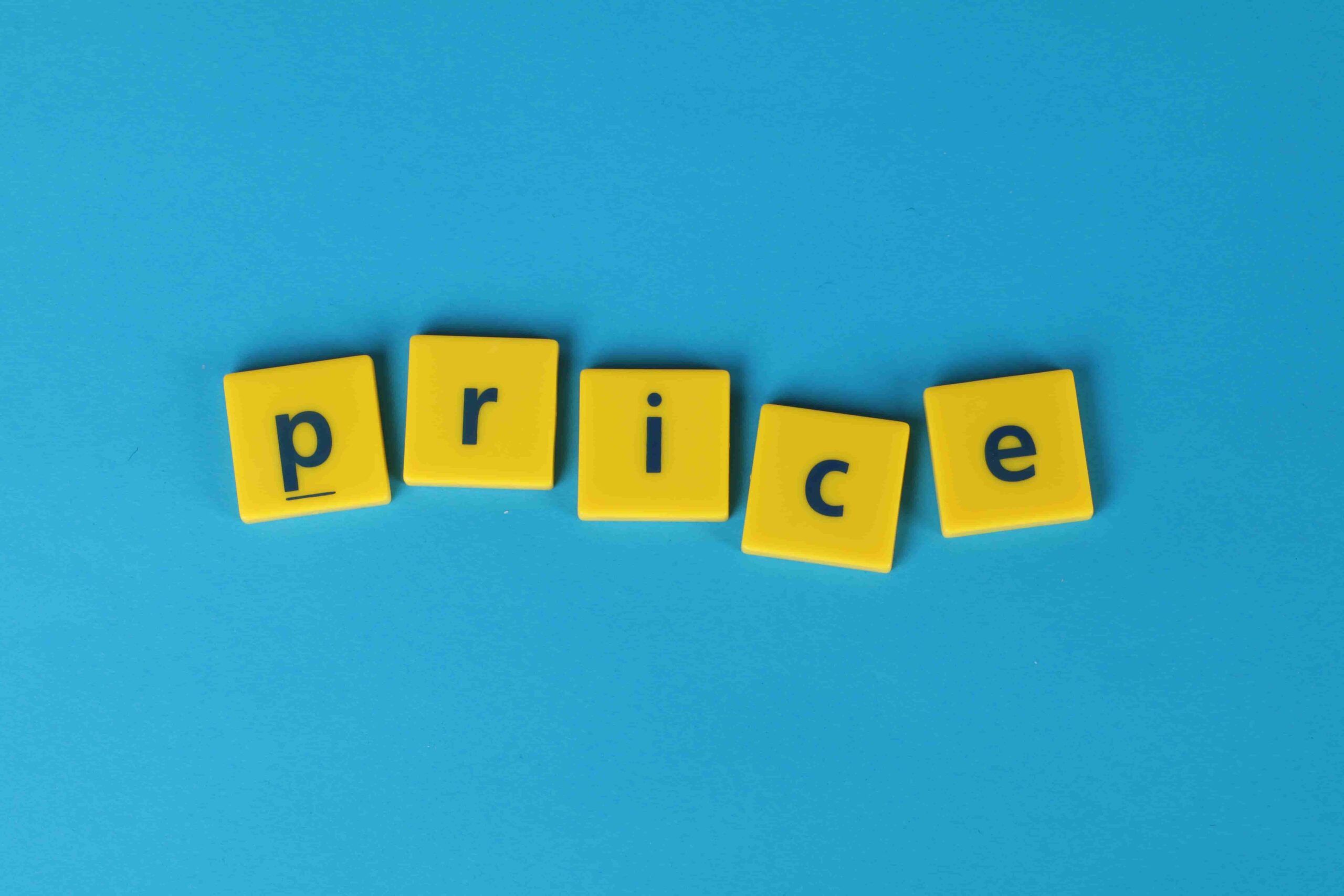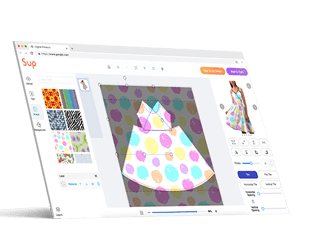Dropshipping Pricing Strategy: How to Price Dropshipping Products
Pricing your dropshipping products can be quite difficult, especially if you’re new in the business. Some dropshippers often make the mistake of pricing their products too low or too high, and this could negatively impact your business’s overall success. If your products are too cheap, you might be unable to cover your business operation costs and fail to make a decent profit. Meanwhile, if your products are too expensive, your target customers won’t be able to afford them. That’s why having a dropshipping pricing strategy is necessary.
A dropshipping pricing strategy simply refers to the process of determining the optimal prices for your dropshipping products. By implementing the most appropriate dropshipping pricing strategy, you can maximize your profits, gain a competitive edge, and attract more customers to your biz. In this article, we’ll cover everything you need to know on how to price your dropshipping products.

Factors You Need to Consider for Your Dropshipping Pricing Strategy
There are many dropshipping pricing strategies that you can use for your business. But before you put a price on your product, there are several factors you need to consider, such as the following:
1. Target market
The price of your dropshipping products may vary depending on your target market, which basically refers to a group of customers your dropshipping business aims to reach and sell to. If your target market is people with great spending power, such as those living in first-world countries, you can increase your product prices. However, if your products are aimed at the masses, it’s better to lower your prices.
2. Total costs of running your dropshipping business
Contrary to what other dropshipping gurus make you believe, a dropshipping business still incurs costs even if it doesn’t entail a big capital. Some dropshippers drop early in the game because their product prices fail to cover the costs of their marketing efforts, dropshipping tools they use, e-commerce platform charges, and more.
3. Current market demand
The price of products can be flexible based on the current market demand. Usually, the price of a product rises if there’s an increased market demand as long as the supply remains unchanged. Remember when the prices of computers and smartphones increased during the pandemic? It was because more people were mandated to study or work from home. But when the pandemic wasn’t a threat anymore, the prices of these products went back to normal as the demand began to go down.

4. Competitor pricing
Another factor you need to consider is how your competitors price their products. Customers often check the price of your competitors before they buy. They want to know which among you can help them save more money. Nevertheless, you don’t have to force yourself to lower your price just to make people buy from you. If you think you’re offering more value than your competitors even when you’re selling similar dropshipping products, you can increase your prices a bit.
5. Product value
A product’s value depends on how it is made, the materials used, its availability, its offered convenience, or how special it is. Examples of high-value products include computers, smartphones, gaming consoles, luxury bags, high-end electronics, and home appliances. Meanwhile, examples of low-value products include basic apparel, accessories, phone cases, cleaning tools, and more. So, if you’re selling high-value products, you can place a high markup percentage. But if you’re only selling low-value products, you can’t charge as much.
6. Your market positioning
Low-value products are priced cheaper, but you can make people perceive them as higher value and more special the way you market yourself. For example, the market is already saturated with people selling basic apparel. But if you market your basic apparel as versatile, comfy, yet classy products, you’ll be able to charge higher prices. With the right market positioning, you can set your brand image apart from your competitors, allowing you to attract higher-paying customers.
7. Your desired profit margin
Last but not least, pricing your dropshipping product depends on your desired profit margin. You’re the seller, so you’re generally in control of how much you want to sell your products. However, make sure that you don’t overcharge your customers or else, you’ll be violating the pricing regulations of your country.

Common Types of Dropshipping Pricing Strategies
Winning in the dropshipping business involves the application of the best dropshipping pricing strategy. If you want to attract the right customers and make more sales, check out the following types of dropshipping pricing strategies:
1. Cost-based pricing
The cost-based pricing strategy is one of the popular pricing strategies most businesses use because of its simplicity. You determine the final price of your product by adding the total expenses of your dropshipping product and your desired profit.
However, some dropshippers struggle to implement an effective cost-based pricing strategy. They often only apply a markup percentage to the base price of the product and overlook other expenses, such as sourcing fees from their dropshipping supplier, e-commerce platform fees, tools used, shipping, returns and refunds, and staff salaries.
2. Market-oriented pricing or competition-based pricing
Market-oriented pricing is setting the price of your products based on the current market price. This means you adjust your product pricing to match the prices set by your competitors, that’s why it’s also called competition-based pricing.
Adopting this dropshipping pricing strategy lets you avoid undercharging or overcharging your products. However, it also has its cons. If your competition lowers the price of their products, you’re also forced to lower your price without accounting for your product acquisition and business operation costs. This then could lead to potential losses and lower profitability.
3. Perceived value pricing
Perceived value pricing is a dropshipping pricing strategy that lets you set the price of your products based on their perceived value rather than their actual costs in the market. What’s great about this method is you can charge higher prices even for low-value products—only if you successfully improve their perceived value in the eyes of your target market.
For example, you’re selling an ordinary silver necklace. It costs around $20 and it’s practically being sold everywhere in most e-commerce platforms. But if you collaborate with your dropshipping supplier and invest in its packaging and presentation, you can make that ordinary silver necklace look more luxurious. Plus, if you show everyone that your dropshipping business provides excellent customer service and support, you’ll be able to attract more customers and charge premium prices. So, if you want to use perceived value pricing, you need to work on your product differentiation, enhance customer experience, and improve your brand image.
4. Bundle pricing
Another popular dropshipping pricing strategy is bundle pricing. Instead of selling products individually, you’ll be selling two or more products as a package at a discounted price. This pricing strategy helps increase your sales volume and simplifies your target customer’s buying experience.
To encourage more customers to buy your product bundles, ensure that the products in your special packages are relevant to each other. For example, if you’re selling a smartphone bundle, you can pair it with a headset, a charger, or a phone case. Creating bundles with unrelated items, such as combining a smartphone with socks or a notebook, is not a strategic approach. This will only make your customers confused and dissatisfied as they won’t see any value in buying a poorly constructed bundle.

5. Psychological pricing
Psychological pricing is a strategy that aims to make customers think they’re buying your products at a lower price. There are several types of psychological pricing but odd number pricing is among the most popular methods. In this pricing method, the seller ends their product prices at odd numbers to create a psychological effect known as the left-digit effect. An example is pricing a product at $5.99 instead of $6. With a $5.99 price, people often round it to 5 instead of 6. This tricks the minds of your customers that they’re saving a dollar when in reality, they’re only saving a single cent.
Another type of psychological pricing is decoy pricing. You see this pricing strategy often in fast food chains, coffee shops, or restaurants. A popular example of decoy pricing is pricing the small beverage at $2.50, medium beverage at $3.50, and large beverage at $4. So, most people will think about getting the large beverage because it’s only 50 cents higher than the medium.
You can also apply decoy pricing to your dropshipping store. If you’re selling watches, you can offer three options. Option A features a lower-priced watch with fewer features and only costs $80. Option B is a mid-range watch with decent features and costs $100. And Option C consists of the same mid-range watch as Option B but comes with a replacement watch strap and a box which only costs $110. Most people will think that Option C is a great deal because it comes with more stuff and it only costs $10 more than Option B.
6. Penetration pricing
If you’re new to dropshipping and want to build your brand quickly, penetration pricing can help you achieve your goals. This dropshipping pricing strategy lets you purposely sell your products at a lower market price. Doing so for a few months will help lure more customers and make them think you’re an e-commerce store that’s always selling cheaper products than your competitors. After your store successfully gains some traction, you can increase the price of your products in increments. Although implementing penetration pricing may incur some losses, if you think of it as part of your dropshipping marketing strategy, your sacrifices will soon pay off.
Tips on Enhancing Your Pricing Strategies
To boost your business revenue, here are some valuable tips on how you can improve your dropshipping pricing strategies:
1. Don’t be afraid to experiment with your product prices
There’s no set rule on what kind of dropshipping pricing strategy you should implement for your business. The only way to find out which pricing strategy works best for you is to adjust your prices often. If dropping or increasing your prices still doesn’t offer favorable results, perhaps it’s not about the price anymore. Sometimes, people don’t buy your products because they’re not seeing your offers on their feeds. If so, boost your marketing efforts and invest in paid ads.
2. Offer discounts or promotions
People always love discounts and promotions. Although you’re earning less from each individual sale, promo events encourage volume sales. And the best times to offer discounts and promos are during slow sales periods, major holidays, product launches, anniversaries, and special events.

3. Create time-limited offers
Time-limited offers create a sense of urgency among your target customers. If a particular product is set at a lower price for a limited period, it will help drive impulse purchases and higher sales. Furthermore, time-limited offers can help increase engagement as more people are willing to share your discounted products with their families and friends.
4. Don’t forget to cross-sell
Cross-selling is an excellent sales tactic that encourages customers to purchase a complementary product apart from the main product. Cross-selling can be done before and after check-out. Let’s say your customer added a computer keyboard to their cart. Upon checkout, you can display complementary products on the checkout page, such as a mouse or a keyboard cover.
5. Provide flexible payment options
No matter how competitive and attractive your product pricing is, if you can’t offer flexible payment options for your target customers, they won’t be able to buy your product. Make sure that people will be able to pay via credit/debit cards, mobile wallets, bank transfers, or cash on delivery if applicable.
Dropshipping with Affordable Prices
It’s essential to have an effective dropshipping price strategy in place to ensure a thriving and profitable dropshipping business. However, we all know that dropshippers can’t offer super low prices and big discounts to their customers since they don’t buy products in bulk upfront. Dropshippers are practically retailers, not wholesalers.
But there’s still a way for you to avail affordable products and gain more profit for your business. And that is by partnering with China-based dropshipping suppliers like Sup Dropshipping. Since we’re based in China, which is considered as the world’s factory and largest exporter of goods, we can connect you with direct manufacturers and suppliers, making it possible for you to offer a cheaper and wider range of products to your customers. What’s more, Sup Dropshipping has its very own dropshipping automation tool that makes it easier to sell your products anywhere in the world. If you want to start your dropshipping journey with us, contact us today!
About the Author

Jack Han
Jack is a SEO manager and blog writer at Sup Dropshipping. He holds an MA in Linguistics and Education. He has over 10 years experience in E-commerce, and 5 years of experience in SEO. Jack is an enthusiast to share his recent knowledge learnt from peer experts in the industry.





Leave a Reply